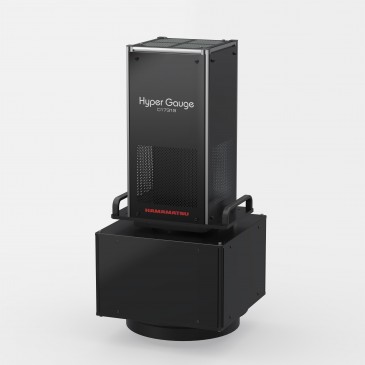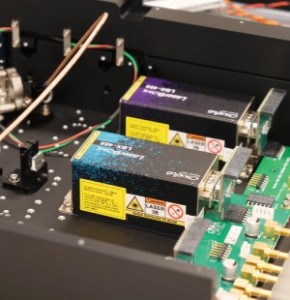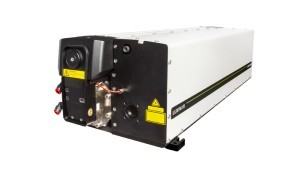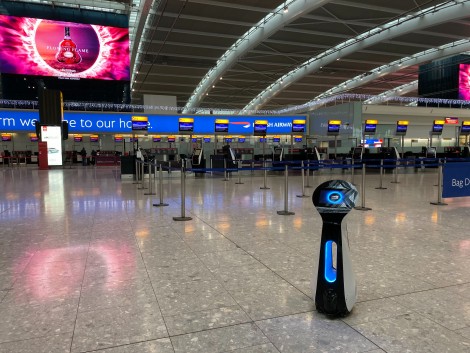
Although robotics solutions are swiftly entering several industries, airports seem to have become the playing ground for robots of all shapes and applications. The use of robotics is no longer limited to a vision of the future but a reality in many airports around the world. Since the number of passengers is growing exponentially every year and physical expansion is limited, airports need to develop innovative ways to create a seamless operational model. There is an increasing need for passenger experience to be optimised and relationships with retail partners strengthened.
Challenges to tackle - To improve passenger experience, airports are met with various challenges in terms of infrastructure and operational models. Terminals are larger and more complex than ever before so wayfinding for passengers is generally inadequate. With increasing passenger traffic, there are insufficient check-in counters and facilities for the less able to navigate these dynamic spaces. Passenger assistance in multiple languages is restricted through existing channels.
In terms of operations, airports have limited options to capture and manage passenger feedback as well as to efficiently process any data. Their staff mostly deals with simple and repetitive passenger enquiries that keep them away from activating passengers with “go-to-gate” or “sleep-in-lounge” mentalities. This leads to difficulty in generating non-aeronautical revenues and thus less incentives for retail partners’ presence airside.
Initiatives - Airports have put significant effort in tackling these challenges by using technology to transform their business. Various initiatives, part of “Airport 4.0” or “Airport of the Future”, have been focused on digitising processes and improving the passenger experience and operational efficiency. They serve the purpose of improving connectivity and real time information by connecting all stakeholders in one fully integrated digital ecosystem. Airports have not only shown commitment to these initiatives by creating innovation departments or labs but also by adopting different technology solutions created specifically for their space or observed in other industries. Some of the popular tech solutions have been biometrics, speech recognition, immersive experience through VR for passenger entertainment, robotics for passenger assistance and on-board connectivity.
Robotics in airports - Whether it is wayfinding, limited facilities or generating sufficient non-aeronautical revenues, passenger experience seems to be at the centre of airport strategy conversations. Some still in proof-of-concept trials, some already planning permanent deployments, airports around the world chose to employ robotics solutions to improve their passenger experience and operational efficiency. Use cases in the space vary from cleaning, security and entertainment to passenger assistance.
Botsandus announced a partnership with British Airways in providing a solution that will reduce travel stress by assisting all passengers with relevant information to their journey and airport stay. If you travel through Heathrow airport, you can see robotics at work in the check-in area of Terminal 5.

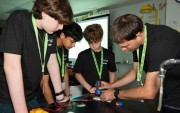





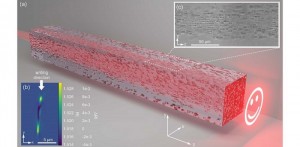


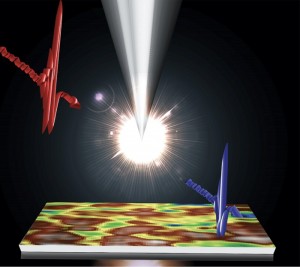

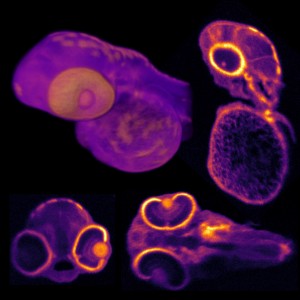


















 Back to News
Back to News